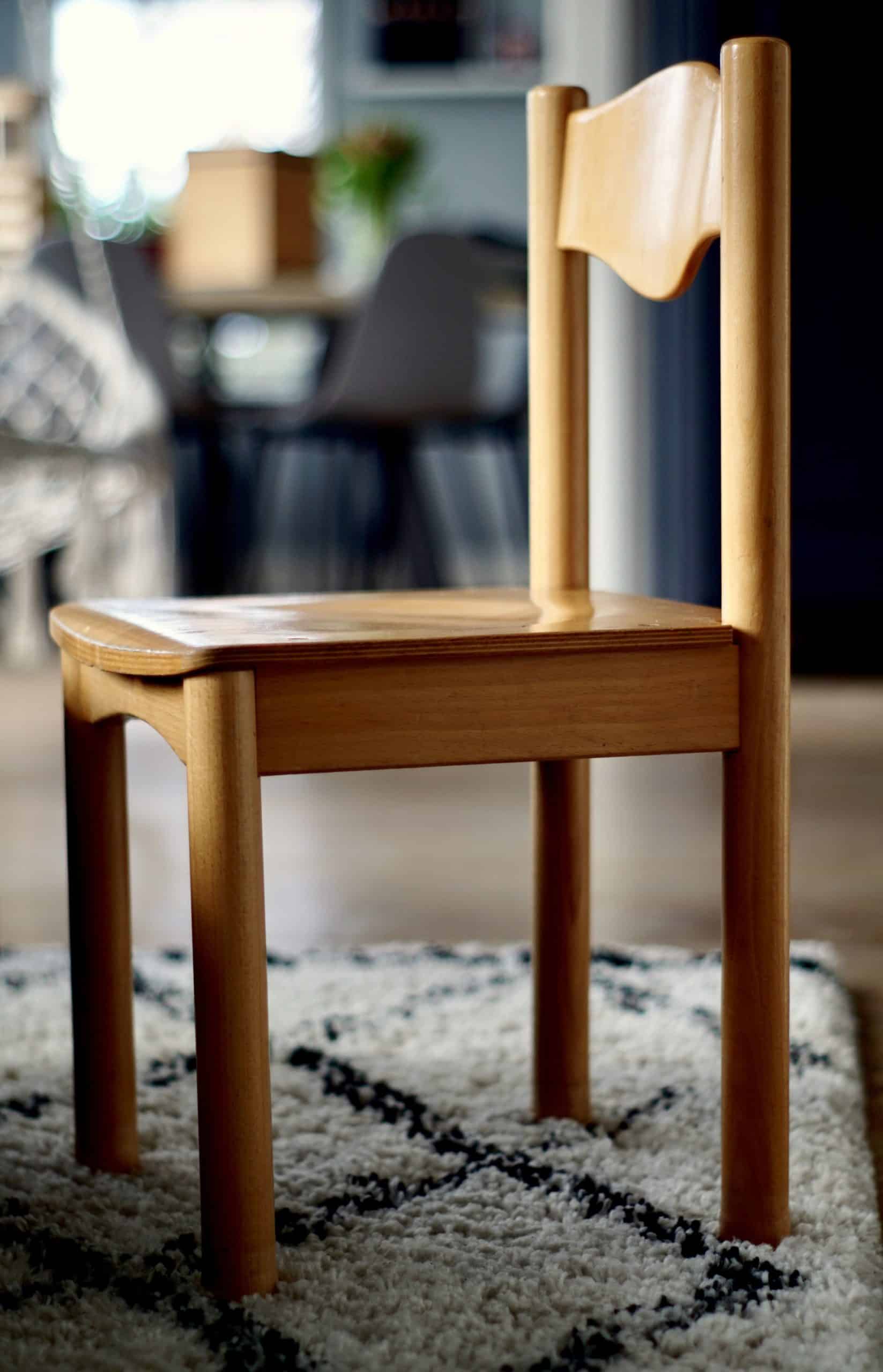When it comes to interviewing a child witness, you must simplify and streamline. Children can’t sit in an interview setting for long periods of time, and you can’t afford to make the situation any more stressful than it already is.
Let this article serve as a quick guide for getting the most out of one of these interviews as possible.
IMAGE: UNSPLASH
4 Helpful Tips To Consider
Interviewing a child is a totally different challenge than interviewing an adult. (They’re not even in the same category.) Whereas adults have fully-developed brains and an ability to understand the context of what’s happening around them, children are often confused and unprepared.
This can lead them to say things they don’t mean, withhold key details that they should share, and react in unpredictable ways that lead cases astray. If you want to have more success with child witness interviews, consider the following practical tips:
1. Choose The Right Location
Location is extremely important in child witness interviews. You want it to be a comfortable place for the child, but also safe. Be mindful of the situation and obviously keep the child away from any environments that could compromise vulnerability or authenticity. (For example, a child who feels like a perpetrator could be outside the door will not open up.)
While you might prefer to conduct the interview at your local police station, this may not be the best idea. Depending on the child’s age and circumstances, it could send the wrong message to the child. Your local Child Protective Services Department might be a better choice.
2. Use The Right Technology
One of the keys to choosing the right location is to make sure it’s equipped with the best technology possible. The recording of the interview is arguably the most important part – so pay attention to the details.
If you want to improve your quality of recordings, try using a child advocacy center video system. They offer numerous benefits over typical CCTV solutions. The VALT software, for example, integrates with advanced IP camera technology to provide real-time and recorded access to HD video and perfectly synchronized audio.
And with push-button recording and simple LED visuals, you can give 100 percent of your focus to the interview instead of fiddling with technology.
3. Set Ground Rules
Always start a child interview with very specific and simple ground rules. To avoid overcomplicating things, limit it to three instructions. One popular approach is to use the following:
- “Correct me if something I say is wrong.” Assure them that you make mistakes and that they have full permission to correct you if you say something that isn’t correct. (It could be as simple as saying they’re the wrong age or pronouncing someone’s name incorrectly.)
- “It’s okay to say, ‘I don’t know.’” Children may have a tendency to make something up if they don’t have an answer. You obviously don’t want this – so give them the green light to tell you they don’t know the answer to a question.
- “Tell me you don’t understand.” Again, the child needs to know that it’s okay if they’re unclear on something. Give them total permission to ask for clarification.
Anything more than three ground rules and the child is likely to get confused and overwhelmed. Keep it short and simple and then move on.
3. Focus On The W’s And H’s
Avoid putting too much pressure on a child to formulate answers by asking them ‘W’ and ‘H’ questions:
- Who?
- What?
- Where?
- When?
- Why?
- How long?
- How many times?
Every child is capable of answering the first four questions with ease. The latter three should be fairly straightforward as well, though they may require more contemplation. Start with the easy softballs and then gradually lead the child into more pointed questioning. This approach works really well for children of all ages.
Adding It All Up
No law enforcement officer or investigator ever wants a child to have to relive a horrific crime or traumatic event. However, witness interviews are often the best chance you have to bring the perpetrator to justice and/or create the closure needed for the child to begin the healing process.
By following the tips discussed above, you can put the child in the right position to open up and be honest.
If you are interested in even more lifestyle-related articles and information from us here at Bit Rebels, then we have a lot to choose from.


COMMENTS